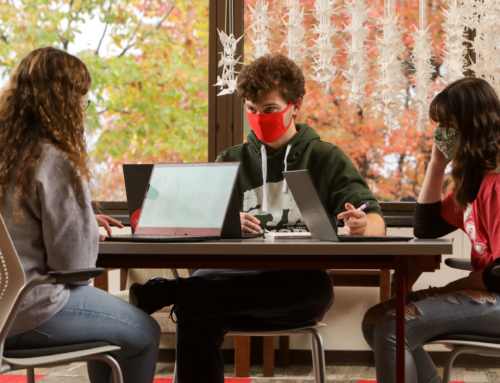By Dana Yamashita
Recent estimates indicate that just over 48% of the United States population has been fully vaccinated against COVID-19. A new model that establishes the relationship between the disease, vaccination rates, and non-pharmaceutical interventions (NPI), such as wearing a face mask and remaining socially distant, shows that with a vaccination rate of 70%, we could eliminate those measures and keep the disease in check.
“Now that we have the vaccine, we’re all asking, ‘what should we do?’ Our methodology helps estimate how different areas of the country, with different vaccine levels, can relax non-pharmaceutical interventions while still maintaining COVID at a manageable level,” said Jianxi Gao, assistant professor of computer science at Rensselaer Polytechnic Institute.
Gao and a team of researchers found the model used, which draws on control theory, was able to predict the minimal NPI needed to control COVID-19 in 381 metropolitan statistical areas across the nation. This means areas with higher vaccination rates could feasibly relax restrictions without a significant increase in new cases.
The model is also able to predict the duration of the disease at different vaccination levels. When the vaccination rate was at 45%, the model predicted that COVID-19 could be eliminated in some areas within three months. But overall, the research team said there is still a need for a cautious return to pre-pandemic behavior, bolstered by high vaccination levels.
“We see that we can stop the disease very fast if everyone moves quickly to get the vaccine,” said Lu Zhong, doctoral candidate in the lab of Mamadou Diagne, assistant professor of mechanical, aerospace, and nuclear engineering. “But unless 60% of people are fully vaccinated, the interventions should not be reduced very quickly, especially face mask wearing. If the interventions are reduced very quickly, it could induce another surge.”
Diagne, Gao, and Zhong were joined in their research by Qi Wang at Northeastern University.



